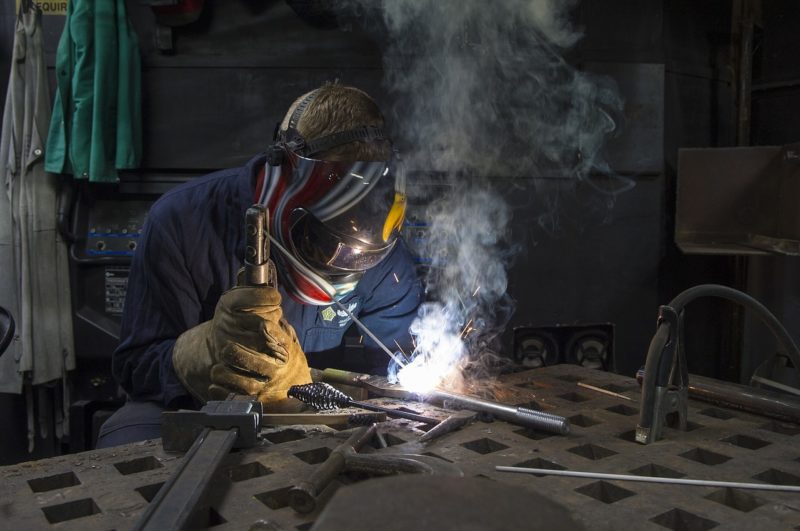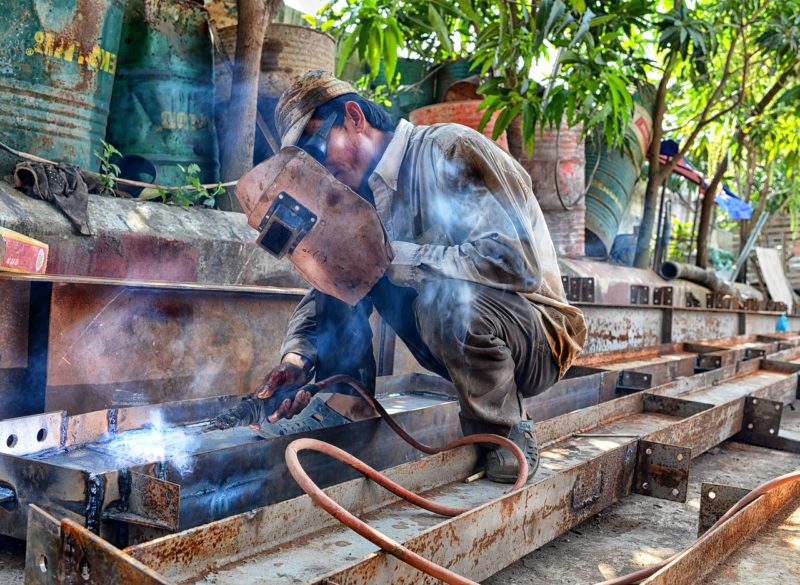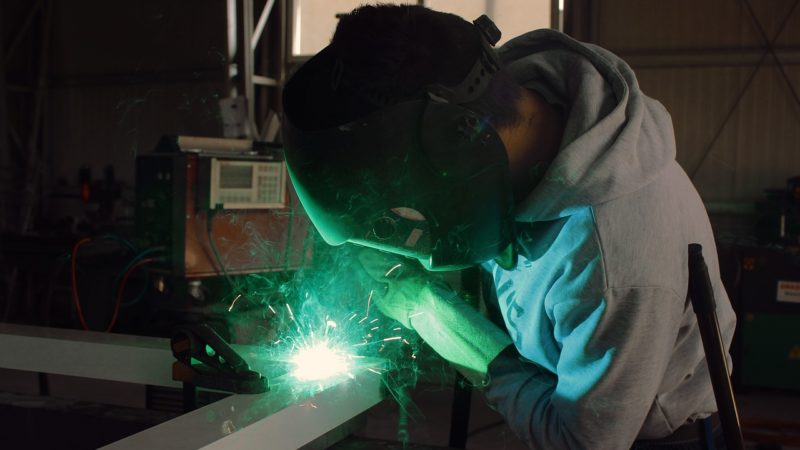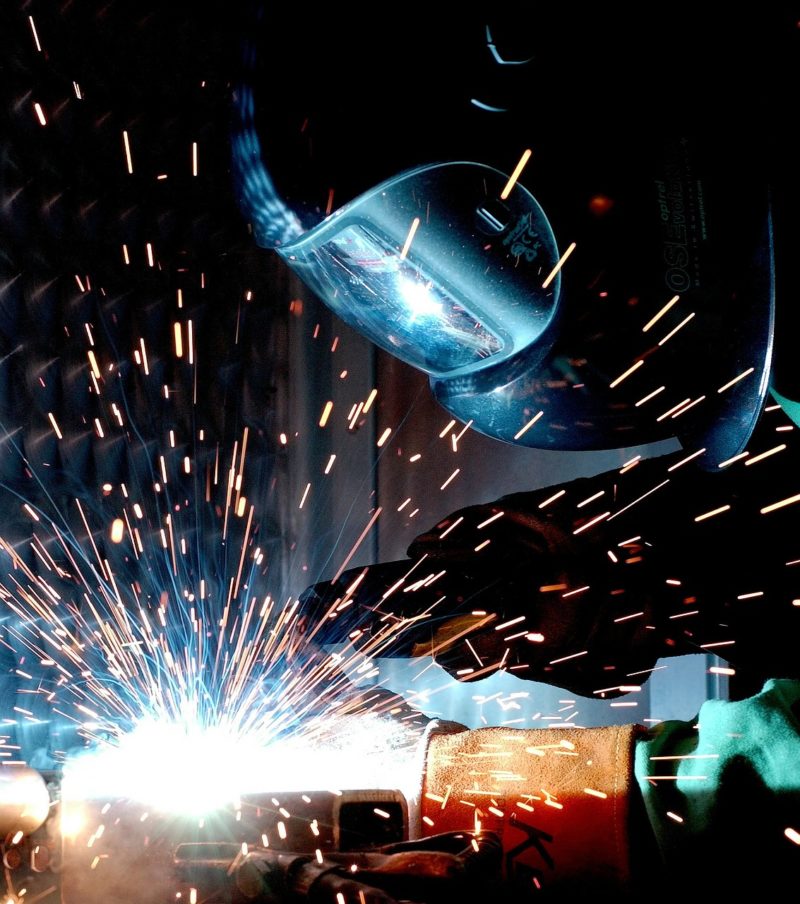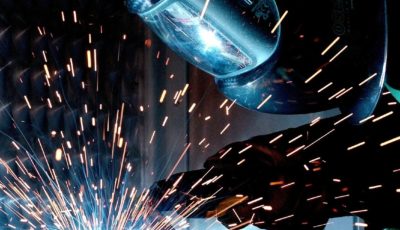4 Tips for New Welders
If you are a beginner in welding, then you are in for a treat. Welding is among the many courses that will be beneficial to you. As the building industry keeps on growing, so will the need for professional welders increase. Professional? Well, it’s got to start from somewhere.
Additionally, having hands-on experience is essential in everyday chores. In this article, we’ll provide insights and helpful hacks for beginners in helping them adjust quickly in this craft. So here are four tips for new welders to advance their welding skills.
Invest In the Right Gear/Equipment
When it comes to welding, what you wear is crucial. It’s important that you always wear protective leather gloves for your hands’ protection. Also, a cotton sleeved shirt may come in handy given the fact that you’ll be working outdoors most of the time. This will protect your arms against the harmful UV rays of both the sun and those coming from off the welding gun. When choosing the right helmet, opt for the one that comes with an adjustable lens. However, don’t just rely on the adjustable lenses, always wear protective glasses underneath to help protect your eyes from the flying hot metal chips and the bright rays.
In all matters equipment, go for the best, especially when it comes to the welding machine. For insights to some of the best machines on the market, you can check out some of the reviews seen on RateMyWelder.com. This will help improve the quality of work as well as efficiency. To add on to this, always match the welding rods with the metal type. For all your aluminum welding tasks, use aluminum wire.
Learn the Techniques
Welding isn’t a matter of making straight lines. It’s more than that. Good welding involves pushing the paddle in circular sweeping motions. This will help to strengthen your welding without having to leave gaps in between the materials.
Preparation before Welding Starts
To ensure that your work is of the best quality, preparation is paramount. Below are a few pointers to help you out.
- Always ensure to clean your metal surfaces. You may need to use either sandpaper, a wire brush, or a metal cleaning product in order to bring it down to bare metal.
- After the welding, use a welding primer on the cleaned areas. This provides a protective barrier from the harsh corroding elements.
- Get rid of balls that form at the end of the welding rod. These will always give you a bad start to your weld.
Troubleshooting
In any type of craft, you’ll be required to know how to solve problems that may occur and welding is no exception. For instance, you may need to know how to remedy a weak weld or a weld that doesn’t feel right. These may be indicators of other underlying factors such as it’s probably you used the wrong type of rod or that the settings on your welding machine are not right. Here are some of the most common problem indicators that you need to know of in welding:
- Difficulty in paddling
- The weld creates holes in the metal
- The welding gun throttles as you weld
As a craft, welding requires that you practice a lot. This will help improve your handling as well as the quality of your weld.

